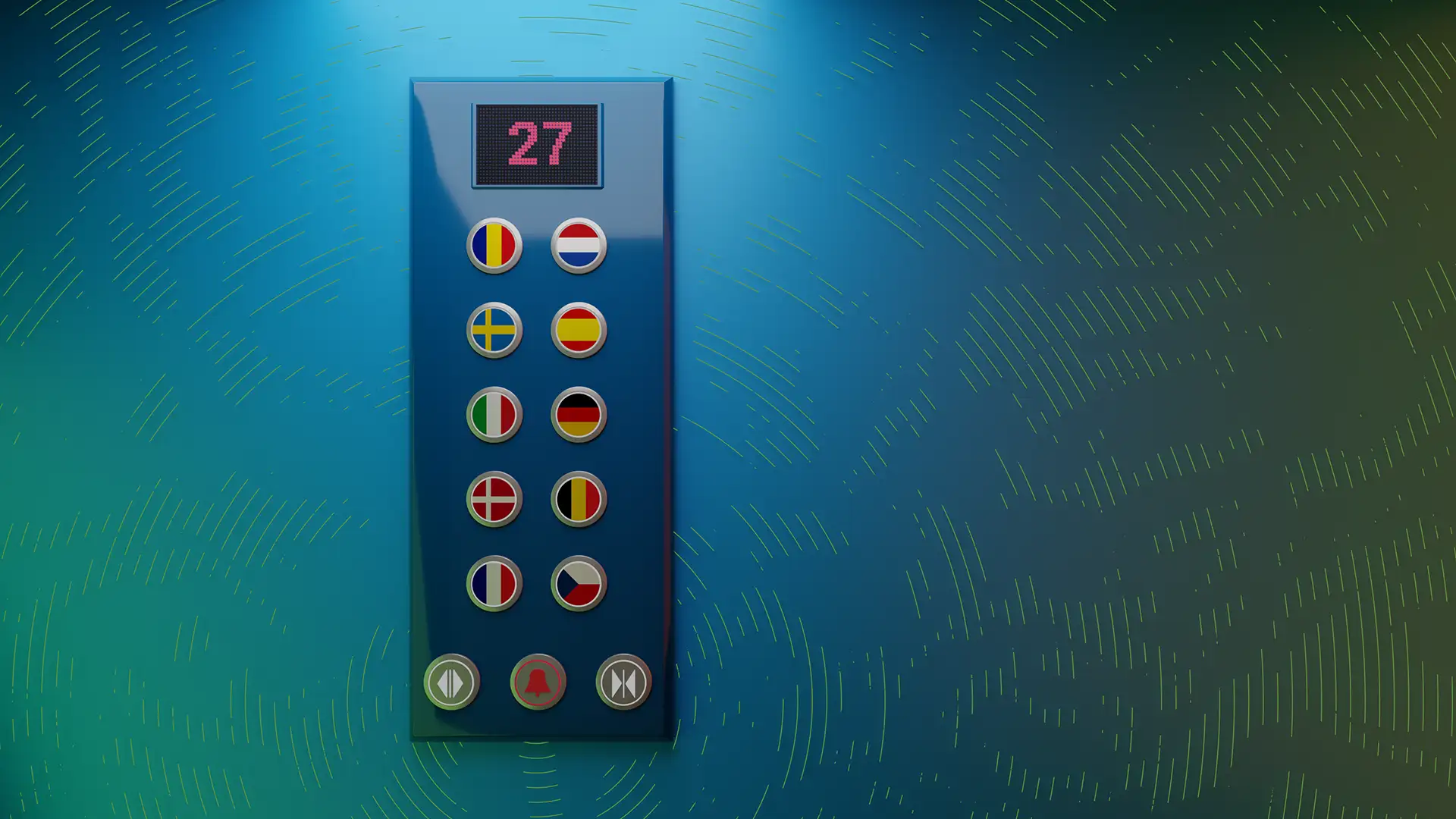The functionality of a lift is familiar to everyone. It is a straightforward user experience, involving clear, binary choices. However, like many other industrial goods, their manufacture is very complex, and in order to place a lift on the EU market, it must comply with the EU Lifts Directive. However, the Lifts Directive only provides safety objectives, but does not detail how to achieve those objectives.
How then should a competitive manufacturer design its lifts?
This is where harmonised standards, i.e. standards approved and endorsed by the European Commission could play a vital role. For example, the harmonised European standard EN 81-20 provides state-of-the-art technical specifications for lifts. The standard was developed by the European Committee for Standardisation (CEN) with participation from the lift industry. The European Commission has accepted that lifts meeting the requirements of the standard comply with the EU Lifts Directive.
This regulatory model has been a success both within the EU Single Market and globally. Within the EU, lifts meeting the requirements of the lift standard are exceedingly safe and can generally be sold throughout the bloc.
Because of its scope and state-of-the-art specifications, the lift standard has also been widely adopted outside the EU. In fact, today approximately 90% of new lifts globally are manufactured according to EN 81-20 requirements. This is a shining example of how Europe can take a driving seat in setting global standards.
Challenges on the horizon
However, in recent years, the Commission has taken a more restrictive approach to the acceptance of European standards as harmonised.
Following an unnecessarily limited interpretation of a 2016 judgement of the European Court of Justice on the legal nature of standards, the Commission has required that any future standards, including adaptations of the lift standard, should be restricted to the bare minimum needed to comply with the relevant EU legislation. This has several unintended negative consequences for the unity in the single market as it opens the door to EU Member States adding additional requirements at national level.
The current version of the lift standard provides state-of-the-art technical specifications and information essential not only for the design of lifts, but also for their safe operation. For example, the lift standard describes minimum requirements for building and lift interfaces, such as strength of the lift shaft walls, fire safety requirements, dimension of working areas and ventilation of machinery spaces. Although such requirements are not relevant for compliance with the Lifts Directive, they play an important role in harmonising lifts and creating a unified EU market for lifts.
Due to the restrictive approach of the Commission, the lift standard under revision is being stripped of such more detailed requirements. This is creating gaps in the safety requirements. National rules will inevitably be deployed to fill those gaps. Considering the diverse building regulations in EU Member States, it is very likely that each country will introduce different requirements. This would result in fragmentation of the technical criteria for lifts with severe implications for the Single Market in lifts within the EU. For example, Denmark requires a high level of illumination for spaces where the lift equipment is installed, the Czech Republic requires a specific type of wiring for lift controller installed in evacuation routs, and France requires specific fire rating for lift car decorations. These requirements are specific to these countries, and are not required in any other EU Member State.
The application of such diverging requirements on lift components could result in lift companies having to produce several different versions of the same lift model in order to be able to sell them throughout the EU.
If the European lift standard EN 81-20 is stripped of its more detailed requirements, this will also considerably undermine its global role. When the future versions of the standard no longer represent the state-of-the-art that is applicable in the entire EU single market, countries outside the EU will not adopt them, dealing a blow to both the safety of lifts everywhere and to the international competitiveness of the EU lift industry.

Time to reassess
The European Commission’s current approach of treating harmonised standards as part of EU law and thus limiting their content to only fulfilling the regulatory requirements, poses serious risks to the technical harmonisation of lifts and the unified EU market for lifts.
For many years, European standardisation processes, have been a highly successful model under the EU New Legislative Framework (NLF), thanks in part to the participation of all relevant stakeholders, including the Commission. However, the current approach is taking things in the opposite direction. To avert further fragmentation, the Commission should stop treating harmonised standards as part of EU law and revert to the European standardisation process that has been successful in ensuring a unified EU market for lifts and the global competitiveness of the EU lifts industry.
Because of its scope and state-of-the-art specifications, the lift standard has also been widely adopted outside the EU. In fact, today approximately 90% of new lifts globally are manufactured according to EN 81-20 requirements.
The current version of the lift standard provides state-of-the-art technical specifications. For example, the lift standard describes minimum requirements for building and lift interfaces, such as strength of the lift shaft walls, fire safety requirements, dimension of working areas and ventilation of machinery spaces.

